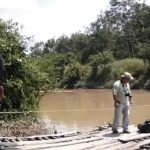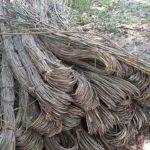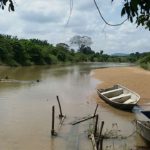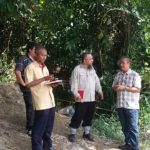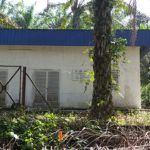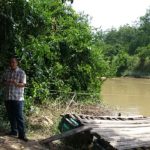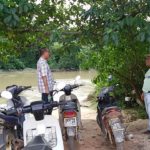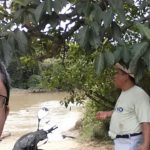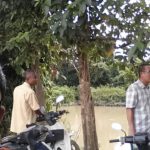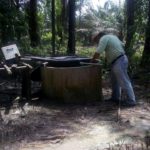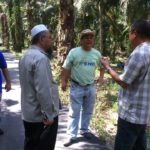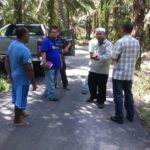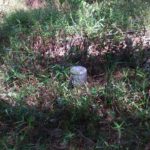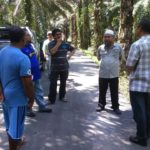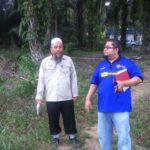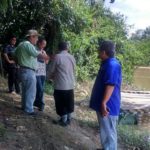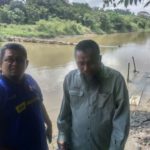Malaysia has used residual tropical soil (laterite soil) as a fill material for construction development. Besides that, about 25% of the total road network in Malaysia is unpaved roads whereby most of the unpaved roads use laterite soil as subgrade due to good engineering properties. However, the huge quantity of fine-grained particles in some lateritic soil exhibits poor engineering qualities and is considered problematic soil by engineers. Annually, several sections of the country have endured flooding and scorching weather. The occurrence caused extensive damage, particularly to the road structure. For example, during the dry season, the suction created has had a substantial impact on the permeability and shear strength of unsaturated soils. While flooding is a concern during this time period, designers should pay more attention to the understanding of the saturated situation. Shear strength, volume change, and compressibility parameters are used in geotechnical design. However, soil stiffness has been less considered, leading to a decrease in the lifespan of geotechnical infrastructure due to fatigue. This study is carried out in order to evaluate the influence of suction on soil stiffness at various strain levels during the wetting and drying cycles. The soil stabilisation method utilising Ordinary Portland Cement (OPC) is used to increase the strength of subgrade materials in order to meet the specifications for low-volume road materials. Based on the previous project (FRGS/1/2019/TK01/UTM/02/13) and using a modified oedometer with bender elements, a series of laboratory experiments will be performed using 6 per cent cement content dosages under unsaturated conditions. This study is expected to establish a relationship between the wetting and drying cycles that influence soil stiffness. This method of determining the soil stiffness of lateritic soil treated with OPC under cyclic soaking and drying is recommended as a subgrade material guideline for roads with low traffic volume.

Interested to join this work Please contact Muhammad Azril Hezmi- azril@utm.my






